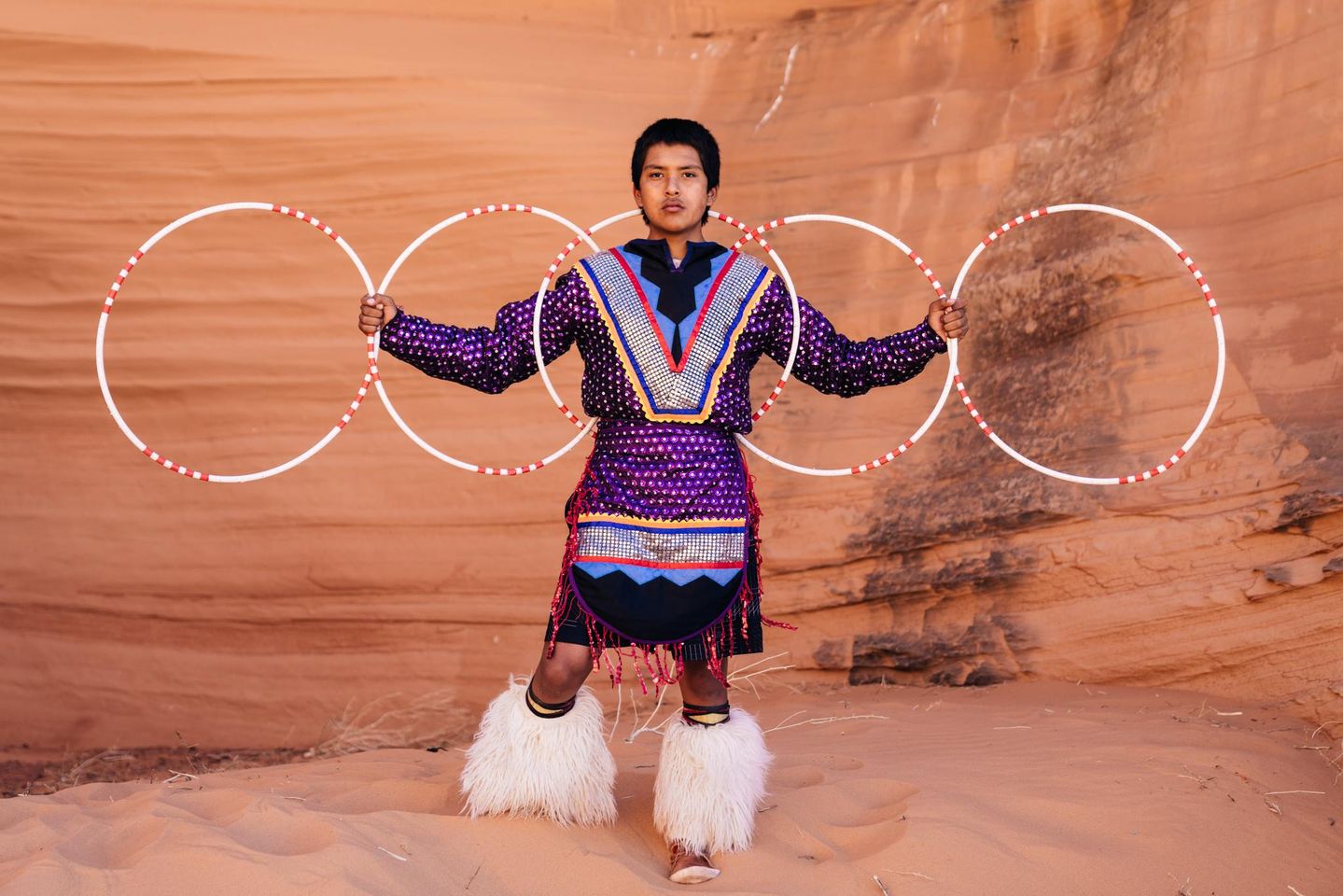Today, some 2 million Native Americans inhabit the United States, making less than 1% of the country’s population. There are 567 federally recognised Indian tribes, each with its own history and culture. Another 150 tribes are currently petitioning for federal recognition. Since the arrival of Spaniards, about 200 tribes have gone extinct. Today, the tribes may comprise of two to three individuals to more than several hundred thousand.

Navajos are the largest indigenous tribe of North America with 286,000 full-blood individuals. A majority of them lives within the 27,000 square mile reservation spanning across Utah, New Mexico and Arizona, an area known as the Navajo Nation. Established by treaty in 1858, the Navajo Nation is managed as a sovereign country within the United States Congress. Though the U.S. Federals laws apply inside the Navajo Nation, the tribal laws supreme over the state laws. It is a unique situation as the tribe nations are both a part and apart at the same time.

I met Alluri in Navajo Village, located just outside of Navajoland in Page, Arizona. Alluri is a full-blood Navajo and a native American Hoop Dancer. Hoop Dance is a native American show dance. The dance is performed for entertainment only and is not part of sacred ceremonies. A hoop dancer uses as many as 28 hoops to mimic the birds, animals, and other static or dynamic figures. Alluri was encouraged by his cousins and that’s how he started learning traditional dances three years ago. He practices about three hours a day. He told me briefly about the oral history of Navajo traditions, passed down through generations. In the early 1860s, the white Americans began settling in Navajo lands which led to conflicts between Navajos and new settlers. In 1864, 8500 Navajos were forced to leave their lands and marched 300 miles in the harsh winter though New Mexico. The deportation is known as the “Long Walk of the Navajo”. About 10% of the marchers died due to the starvation, fatigue, exposure and murder.

Despite the traumatic events and the ethnic cleansing, the Navajos were able to gain the largest Indian reservation in the United States without having to pick up the arms.

“How would you define a Navajo?” I asked Alluri.
“Navajos are peaceful people!” Alluri replied.
“How can I become a Navajo?”
“You cannot, you don’t have the Navajo blood!”.
When he saw my sad face, he promptly added with a smile , “but you can learn the Navajo language!”



